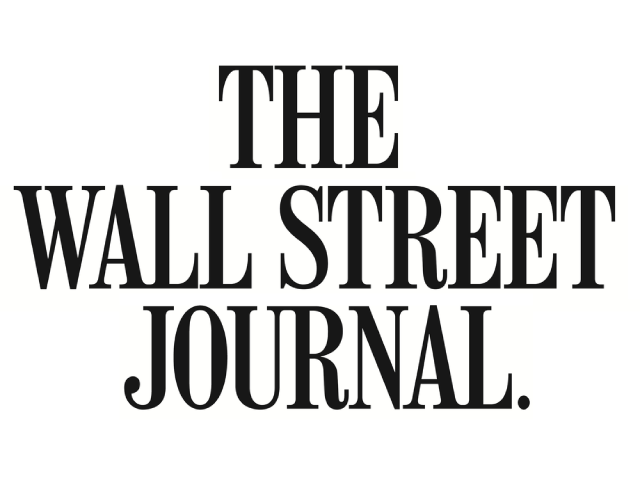Friday, June 28, was a good day, make that a great day, for liberty and the Constitution at the Supreme Court. The Justices delivered an overdue rebuke to overreaching regulators in a ruling that abolishes Chevron deference, while they also reined in prosecutors who stretched the law in pursuit of Jan. 6 cases.
In arguably the most significant decision of the year, a 6-3 majority (Loper Bright Enterprises v. Raimondo) overturned the Court’s 40-year-old Chevron doctrine that told judges to defer to agency interpretations of vague laws as long as they are “reasonable.” Now regulators will have a harder time bending laws, and Congress will have to legislate more clearly. Imagine that.
Chevron arose when judges were willy-nilly legislating from the bench, but its flaws were “apparent from the start,” as Chief Justice John Roberts explains for the majority. The doctrine lacked a constitutional basis and clashed with the Administrative Procedure Act’s command that courts “decide all relevant questions of law, interpret constitutional and statutory provisions.” From the start, he says, Chevron was “a ‘rule in search of a justification,’ if it was ever coherent enough to be called a rule at all.”
The doctrine spawned confusion and conflict in lower courts, including whether a given law was ambiguous in the first place. As Justice Antonin Scalia put it five years after Chevron was decided: “How clear is clear?” The Chief says deference to regulators became “an impediment, rather than an aid, to accomplishing the basic judicial task.”
The High Court hasn’t invoked Chevron since 2016, relying instead on basic statutory interpretive tools and its major questions doctrine, such as in West Virginia v. EPA. “At this point, all that remains of Chevron is a decaying husk with bold pretensions,” the Chief writes.
The problem is that lower courts still rely on Chevron and cite it repeatedly to rubber stamp even the most dubious rules. See the D.C. Circuit Court of Appeals.
The Court’s considerations about when to revere precedents also support its decision. Not only has Chevron proven unworkable, it “has undermined the very ‘rule of law’; values that stare decisis exists to secure,” the Chief stresses. As Justice Neil Gorsuch notes in a powerful concurrence, “these antireliance harms” aren’t “distributed equally.” While “sophisticated entities and their lawyers may be able to keep pace with rule changes affecting their rights and responsibilities,” others may not.
Chevron “has led us to a strange place. One where authorities long thought reserved for Article III are transferred to Article II, where the scales of justice are tilted systematically in favor of the most powerful, where legal demands can change with every election even though the laws do not, and where the people are left to guess about their legal rights and responsibilities.”
Lacking a strong legal rebuttal, the three liberal Justices fret about “judicial hubris” and the Court turning “itself into the country’s administrative czar.” “The majority disdains restraint, and grasps for power,” Justice Elena Kagan writes in dissent. “Judges are not experts in the field.”
But the progressive impulse to defer to the rule of experts is one reason Americans are so frustrated with government. Some judges may run off the rails, but then some do that now. The crucial constitutional point is that each branch of government stays in its proper lane.
Chevron’s defenestration will require judges to determine the best reading of statutes. The Chief demonstrates how to do this in Fischer v. U.S. Prosecutors charged a Jan. 6 rioter with violating the 2002 Sarbanes-Oxley Act, of all unlikely statutes.
The financial securities law makes it a crime to “corruptly” shred or conceal documents “with the intent to impair the object’s integrity or availability for use in an official proceeding.” This provision is followed by another one punishing anyone who “otherwise obstructs, influences, or impedes” such a proceeding.
The government argued this catchall applied to the rioter’s obstruction. Six Justices disagreed. The catchall “was designed by Congress to capture other forms of evidence and other means of impairing its integrity or availability,” the Chief writes. He was joined by Justices Gorsuch, Clarence Thomas, Samuel Alito, Brett Kavanaugh and Ketanji Brown Jackson.
It would be “peculiar to conclude that in closing the Enron gap, Congress created a catch-all provision that reaches beyond the scenarios that prompted the legislation,” the Chief adds. The government’s “novel interpretation would criminalize a broad swath of prosaic conduct, exposing activists and lobbyists alike to decades in prison.”
The Court’s June 28 decisions safeguard individual liberty against overreaching government. Isn’t that why the Founders fought the Revolution?
The Wall Street Journal




